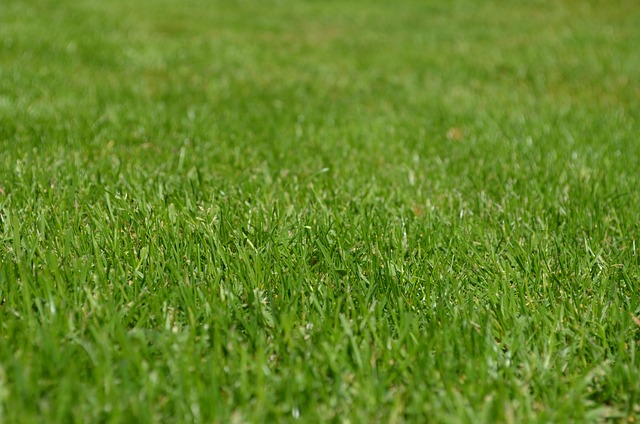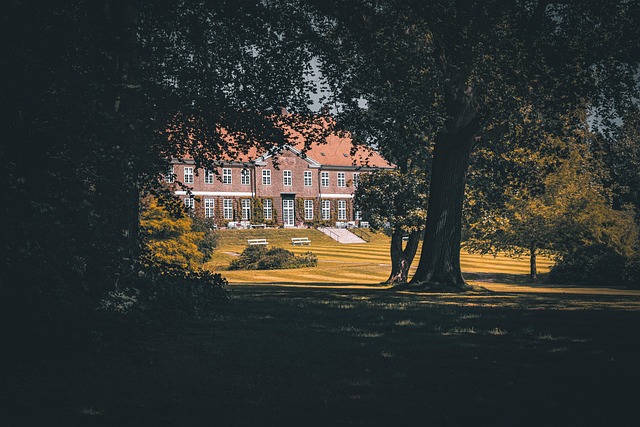The Lawn Care and Landscaping planning phase transforms client visions into reality through a collaborative process. Skilled landscapers gather preferences, budget, and climate data, utilizing design software for detailed plans. Styles range from traditional to modern, with integrated features enhancing outdoor living. Open communication ensures tailored plans meeting expectations, exceeding satisfaction. Site assessment considers topography, climate, and soil analysis for informed design decisions, optimal plant choices, and functional landscapes that blend seamlessly with the environment.
Landscaping design is an art that transforms outdoor spaces into functional and aesthetically pleasing environments. From initial planning to ongoing maintenance, this process involves a series of intricate steps. This article guides you through every phase of successful landscaping, from understanding client visions to establishing regular care routines. Discover how to create vibrant, thriving landscapes, encompassing both hardscaping elements like pathways and softscaping features such as plants and irrigation systems, while also learning effective lawn care and landscaping strategies for year-round beauty and longevity.
- Planning and Design Phase
- – Understanding the Client's Vision
- – Assessing the Site: Topography, Climate, and Soil Conditions
Planning and Design Phase

The planning and design phase is a crucial step in any lawn care and landscaping project, setting the stage for a beautiful outdoor space. It begins with understanding the client’s vision, preferences, and practical considerations such as budget and climate. Professionals skilled in landscape design software and techniques then translate these ideas into detailed plans, incorporating elements like topography, sunlight exposure, and existing vegetation to create a harmonious and functional layout.
During this phase, careful consideration is given to aesthetics, functionality, and sustainability. Through expert consultation, clients can explore various styles, from traditional formal gardens to modern, low-maintenance landscapes. The design may include features like patios, walkways, water features, and lighting, enhancing outdoor living areas while ensuring the overall design seamlessly integrates with the surrounding environment.
– Understanding the Client's Vision

Bringing a client’s vision to life is at the heart of successful lawn care and landscaping. It starts with a thorough understanding of their goals, style preferences, and budget. A skilled landscaper will engage in open communication, asking thoughtful questions to decipher the client’s dream garden or outdoor space. This process involves discussing themes, colors, plant choices, and functional elements like patios or water features. By gauging the client’s expectations and constraints, designers can create a tailored plan that not only meets but exceeds their desires.
This collaborative approach ensures the final design resonates with the owner, resulting in a satisfying and aesthetically pleasing outdoor environment. It also paves the way for effective implementation, where experienced landscaping teams bring the design to life, transforming empty spaces into vibrant landscapes that enhance the client’s property and well-being.
– Assessing the Site: Topography, Climate, and Soil Conditions

Assessing a site is a crucial step in any lawn care and landscaping project. Topography, or the physical features of the land, plays a significant role in design decisions. Whether the area is hilly, flat, or has unique elevation changes, these elements must be considered to ensure functionality and aesthetics. For instance, slopes may require specialized planting techniques to prevent erosion while level ground can facilitate large open spaces perfect for sports or entertainment areas.
Climate conditions are another vital aspect to evaluate. The region’s average temperatures, precipitation patterns, and wind exposure directly impact the types of plants, grasses, and materials suitable for the landscape. Understanding these factors allows designers and landscapers to choose species that will thrive in the local climate, ensuring long-lasting results. Additionally, soil analysis is essential as it reveals nutrient levels and pH balance, guiding the selection of appropriate plants and fertilizers for optimal lawn care and overall landscape health.
In the realm of lawn care and landscaping, a successful project begins with meticulous planning. By understanding the client’s vision and assessing critical factors like topography, climate, and soil conditions, designers can create vibrant landscapes that thrive. This strategic approach ensures not only aesthetically pleasing results but also sustainable and low-maintenance environments for years to come.
